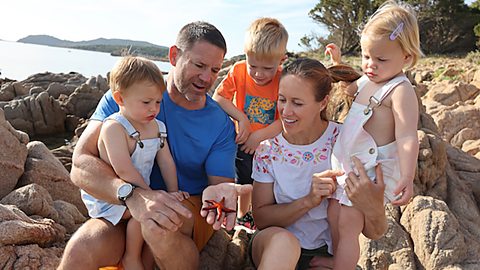Sand, seagulls and dodgy weather - you might think you know everything there is to know about the British seaside experience - but if you know where to look, there's a hidden world of wildlife to discover.
For the Summer of Adventure, we've teamed up with Yorkshire Wildlife Trust and their resident expert, Sophie Atkinson, to bring you some top tips for spotting the hidden secrets of beaches and rockpools while you're on a seaside adventure with your family.
From acid-spitting worms to shark eggs, join us at Flamborough Head in Yorkshire to find out more…
Sophie and the Yorkshire Wildlife Trust show us around South Landing beach, near Flamborough
Sophie's seaside activities
Search the strandline
Many of us, kids and adults alike, will feel compelled to run down to the rockpools or waves at the first opportunity, but take a moment to wander around the strandline at low tide. This is the point the sea reaches at high tide and you can often find it by looking for a long line of seaweed that the water has brought to the top of the beach - bringing with it some of the sea's treasures.
On the strandline, Sophie finds hornwrack, a colony of tiny animals that is often mistaken for seaweed; chalk that has been eaten away by wrinkled rock borers and acid-spitting worms; and even shark and ray eggs - tough pouches that many people call mermaid's purses, as this is what the storytellers of our past believed them to be.

Spot lugworm holes
If you've ever been to a sandy beach in the UK, you'll have spotted these distinctive squiggles - sometimes hundreds at a time - but where do they come from? Are they really worm poo? Well, yes they are!
Lugworms burrow into the sand on our beaches, 'eating' it as they go. The sand passes through them and appears on the surface in the familiar shape of a 'cast'. The lugworm has a very limited digestive system that can extract food and nutrients, but doesn't do a lot else to the material that passes through it, so what comes out of its tail end is still mostly what went in. So, don't worry about stepping in this poo - it's pretty much worm-shaped sand!
Once they've dug themselves into the ground, these worms make a U-shape with their head poking out of a hole, not far from the cast, taking in oxygen and food from the water at high tide. If you spot a cast, you can usually spot the hole!
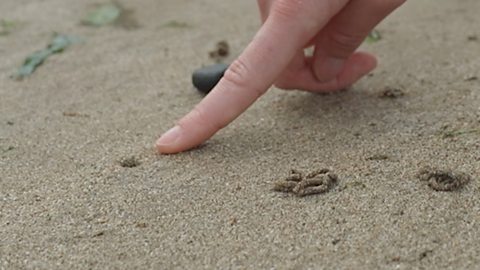
Rockpool like a pro
It's no secret that rockpools - the shallow pools of seawater that form in the rocky areas of a beach - are the perfect place to find marine wildlife. Most of us, at one time or another, have spent an afternoon peering into the water with a net at the ready. But have we been missing a trick?
Sophie recommends that as well as looking in the pools, we should be turning over rocks and seaweed to see what's hiding underneath - much like we do when we're looking for minibeasts on land!
Many creatures hide underneath the rocks, away from predators like seagulls. Others are simply trying to keep damp while the tide is low. In the pools you might just find crabs and fish, but also remember to look at what is stuck to the rocks - you could spot anemones, keel worms, starfish or sea snails.
Just remember to help your child to carefully put the seaweed or rock back how you found it.
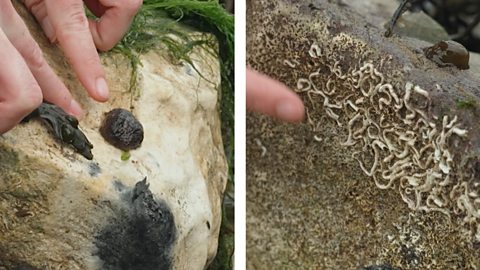
Super seaweed
It probably isn't the first thing you'd choose to check out at the beach, but seaweed also has a story or two to tell.
It's at its most abundant during the summer months, so now is the best time to get aquainted with the different kinds we have in the UK. There's bladderwrack, which is covered in air pockets to help it float during high tide and get lots of sunlight. You also might find Irish or carrageen moss which is often used in food production - carrageenan, a product of this moss, appears in soft cheese, yoghurt, ice cream and even tooth paste!

Sophie Atkinson is the Marine Inspiring People Officer at Yorkshire Wildlife Trust who have a marine education hub - the Living Seas Centre - at South Landing, Flamborough.
The Wildlife Trusts care for 2,300 nature reserves all over the UK, providing inspiration and education about the natural world. They also work with others to manage their land with nature. Their Wildlife Watch collection has plenty more nature activities for families to try.

More from BBC Bitesize Parents' Toolkit…
Parents' Toolkit
Fun activities, real-life stories, wellbeing support and loads of helpful advice - we're here for you and your child.

Personality quiz: Which minibeast are you?
"Am I a worm or a woodlouse?" If you've ever asked yourself this question, this is the quiz for you.
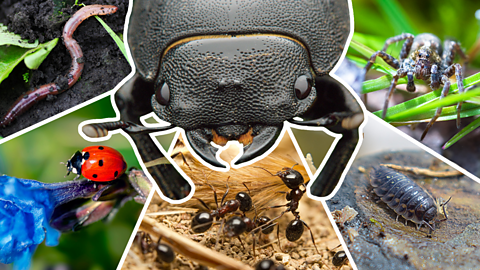
Quiz: Learn to spot UK birds using their songs
Help your child learn how to identify British garden and woodland birds from their songs and appearance.
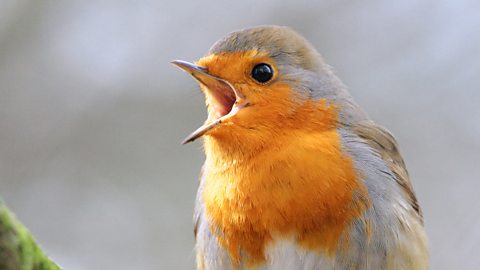
How to spot bats in the UK
Where to find them, how to spot them and some bat facts to wow the kids!
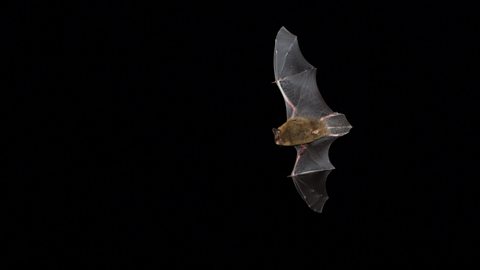
How to make a moth magnet
Moths are one of the most diverse animals we have in the UK - follow this guide to see them up close!
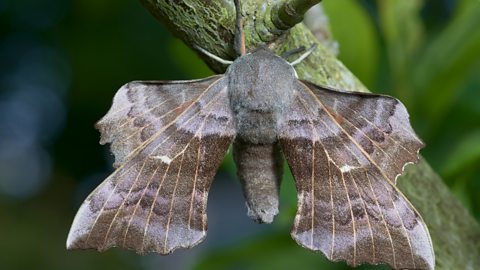
Why playing out and exploring is good for our kids
Steve Backshall, Helen Glover and child psychology expert Helen Dodd have some advice for parents.
